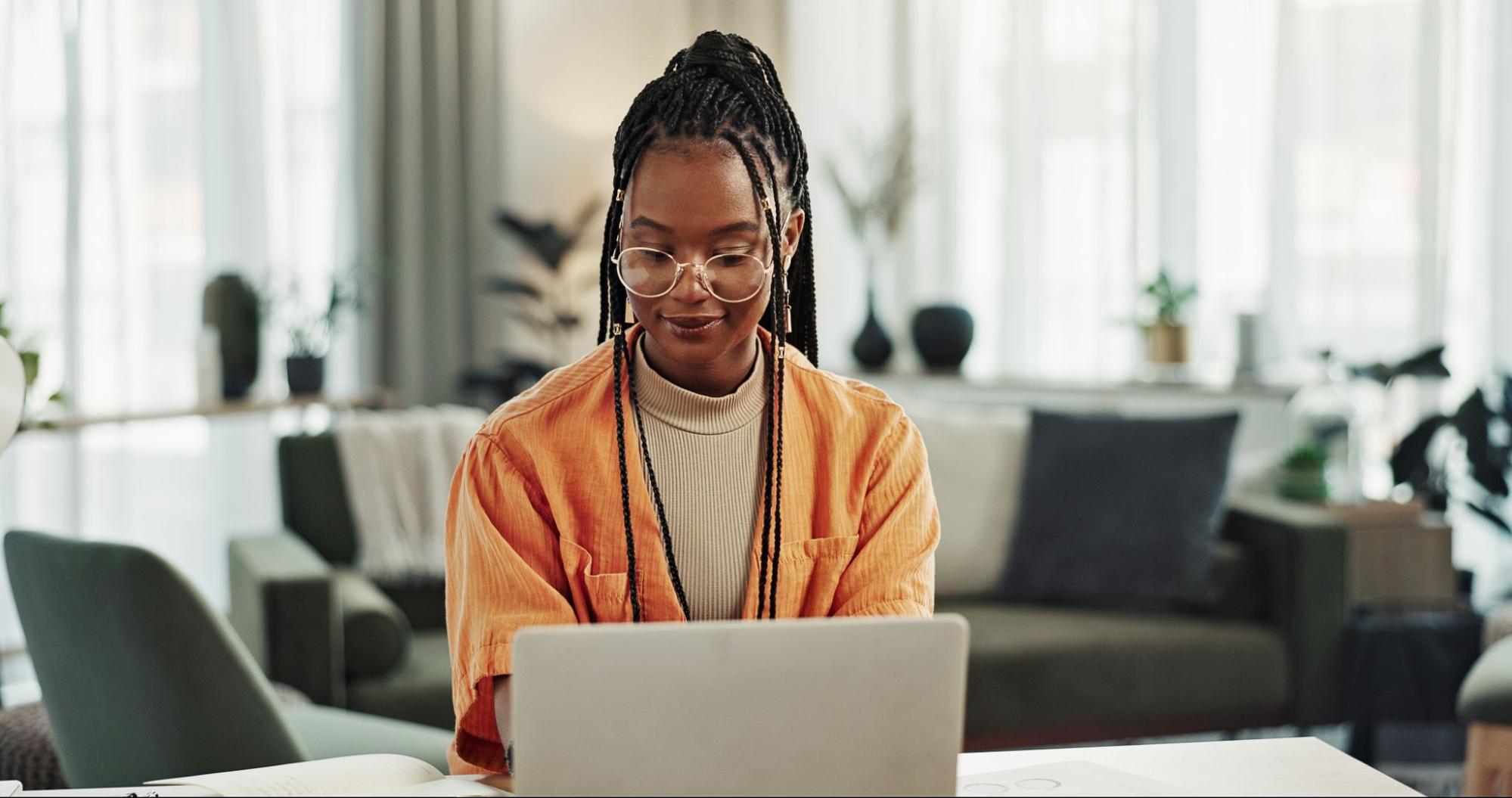Blog 6: Universal Design for Learning (UDL) in the South African Context
As South Africa embraces a more inclusive educational model, Universal Design for Learning (UDL) has emerged as a crucial framework to ensure that all learners, regardless of their abilities or backgrounds, have equitable access to education. In a country known for its rich diversity and historical complexities, the need for adaptable, inclusive teaching strategies is essential.
UDL: A Framework for South Africa’s Diverse Classrooms
UDL is about designing curriculum and learning environments that cater to the variability of all learners. It operates on three main principles:
- Multiple Means of Representation – providing various ways of presenting information.
- Multiple Means of Action and Expression – offering different ways for learners to demonstrate their understanding.
- Multiple Means of Engagement – inspiring learners by accommodating individual interests, motivations, and challenges.
These principles align well with South Africa’s need for adaptive learning, as classrooms often include learners from various linguistic, cultural, and socio-economic backgrounds. UDL helps to build a learning environment where differences are celebrated, and everyone has the chance to succeed.
Barriers and Opportunities in Implementing UDL
Implementing UDL in South Africa has its challenges, particularly in rural and under-resourced areas. Access to technology, teacher training, and infrastructure limitations can make it difficult to apply the UDL principles effectively. However, there are many opportunities to integrate UDL even in low-tech environments through creativity, community involvement, and culturally responsive teaching.
The Path Forward
To make UDL a reality in South African schools, collaboration between educators, policymakers, and communities is essential. Initiatives such as teacher training, developing resource materials in local languages, and leveraging accessible technology can play a vital role. South Africa’s education system has the potential to become a model of inclusivity by continuing to embrace UDL, creating classrooms that not only educate but also empower every learner.




